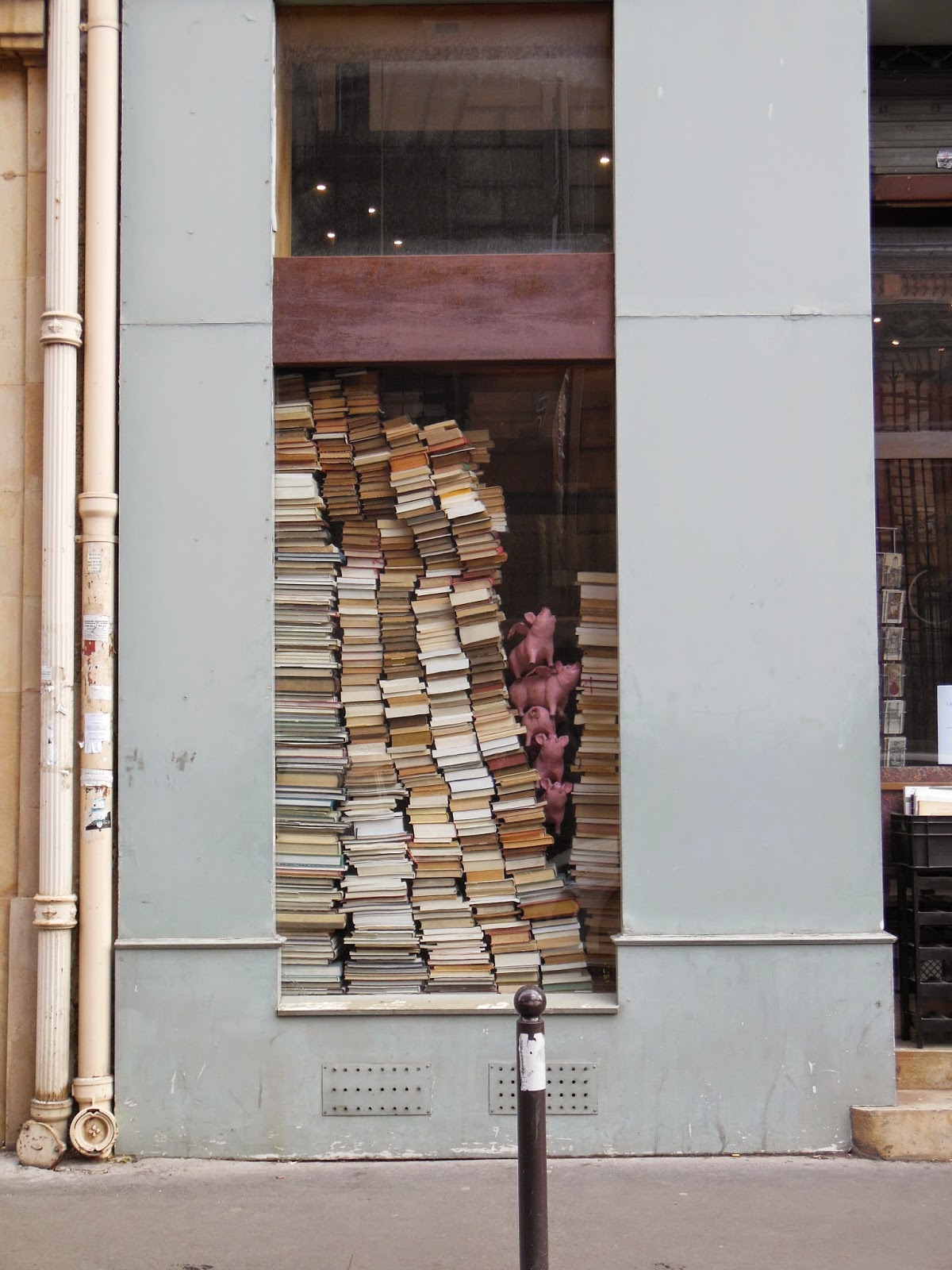They begin with an outline stamp and continue with an infill stamp. Groups of carved blocks must therefore be coordinated; they form sets.
Men who do the work each do so with their own regularised motion, some one-handed, others with two hands. This man beat the handle of the stamp with each hand, making a regular percussion sound.
Other steps involve throwing the cloth in an indigo bath and then raising it back into the air to oxidise. Oxidation, rather than time in the dye bath, determines the strength of the colour. Rinsing involves wild violent movements atop a rebar-and-concrete fountain.
Fabric dries in a field stained black and blue.


























